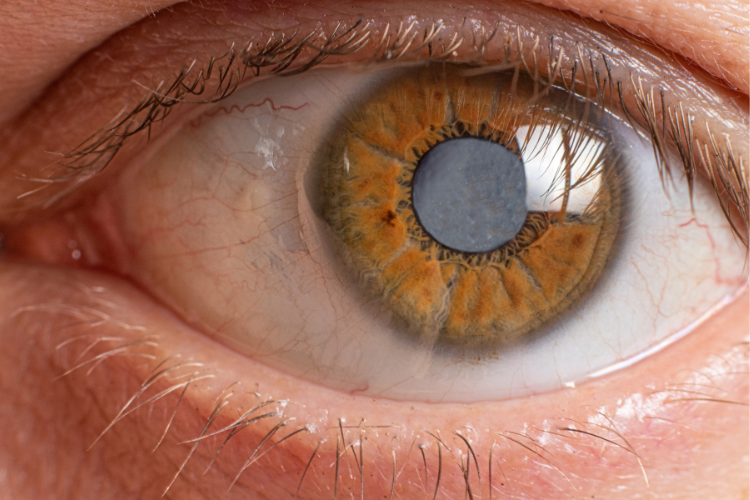Oculoplasty specialists diagnose and treat various conditions related to the eyelids, orbit (eye socket), lacrimal (tear) system, and adjacent facial structures. Some common conditions treated by oculoplasty specialists include:
1. Ptosis: Ptosis refers to the drooping of the upper eyelid, which can obstruct vision. Oculoplasty specialists can perform surgery to repair or adjust the eyelid muscles to raise the eyelid to a normal position.
2. Entropion: Entropion is a condition where the eyelid turns inward, causing the eyelashes to rub against the eye’s surface. Oculoplasty procedures can reposition the eyelid to prevent this irritation.
3. Ectropion: Ectropion is the opposite of entropion, where the eyelid turns outward. Oculoplasty specialists can perform surgical procedures to reposition the eyelid, ensuring it covers the eye properly.
4. Eyelid Tumors: Oculoplasty specialists can diagnose and treat various types of eyelid tumors, including both benign and malignant growths.
5. Blepharospasm: This condition involves involuntary eyelid spasms and excessive blinking. Oculoplasty specialists can offer treatments such as botulinum toxin injections to manage the symptoms.
6. Orbital Fractures: Trauma or injury can cause fractures to the bones in the eye socket (orbit). Oculoplasty specialists perform surgical repairs to restore normal eye function and appearance.
7. Dacryocystitis: Dacryocystitis is an infection or inflammation of the tear sac, often due to tear duct obstruction. Oculoplasty specialists can perform dacryocystorhinostomy (DCR) procedures to create a new tear drainage pathway.
8. Orbital Tumors and Masses: Oculoplasty specialists diagnose and treat tumors or masses within the eye socket, including benign and malignant conditions.
9. Eyelid Malpositions: Oculoplasty specialists can address various eyelid malpositions, including retraction (eyelid pulled away from the eye) and lagophthalmos (inability to fully close the eye).
10. Cosmetic Concerns: Oculoplasty includes cosmetic procedures to improve the appearance of the eyes and surrounding areas. Common cosmetic procedures include eyelid lifts (blepharoplasty) and treatments for under-eye bags or wrinkles.
11. Congenital Abnormalities: Oculoplasty specialists treat congenital conditions affecting the eyelids, orbits, or tear ducts in children.
12. Blocked Tear Ducts: Tear duct obstruction can cause excessive tearing or a watery eye. Oculoplasty specialists can diagnose and treat this condition, often with procedures like DCR.
13. Reconstructive Surgery: Oculoplasty specialists may perform reconstructive surgery to restore function and appearance following trauma, injury, or previous surgeries.
These are just some of the common conditions and concerns that oculoplasty specialists address. Oculoplasty is a specialized field within ophthalmology that focuses on both functional and cosmetic aspects of the eye and its surrounding structures. Treatment options can vary depending on the specific condition and the patient’s needs.
For More information, contact Dr. Bipin Shah, Ophthalmologist in Matunga. Visit Shanta Medical Centre. Charitable medical trust in Mumbai.



